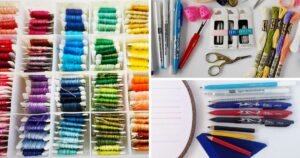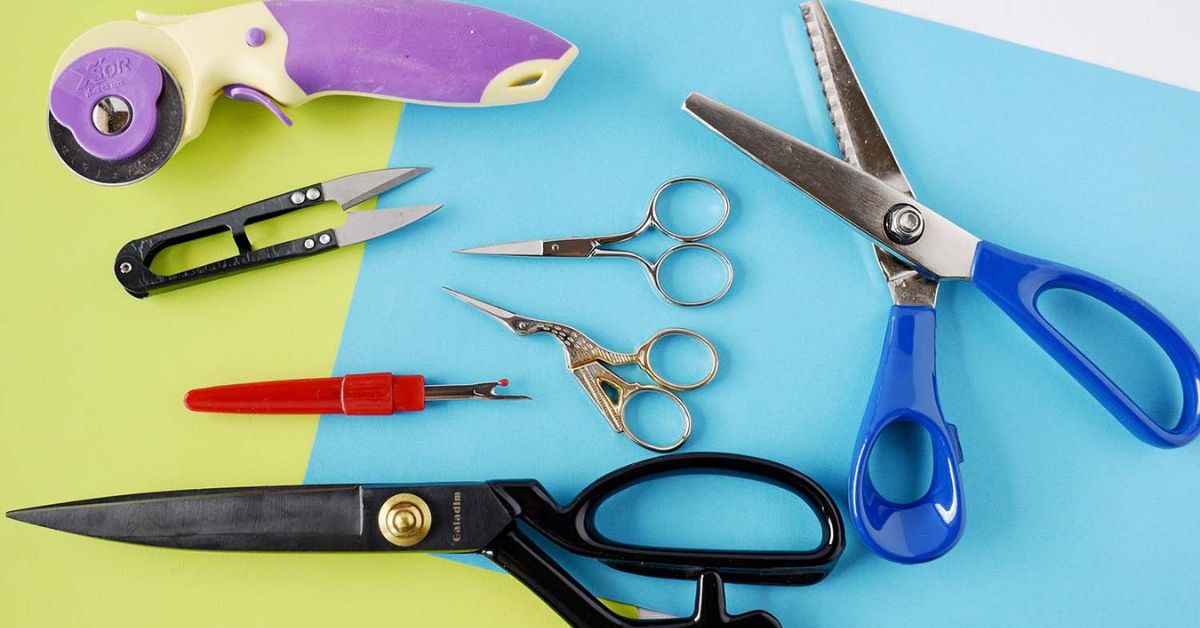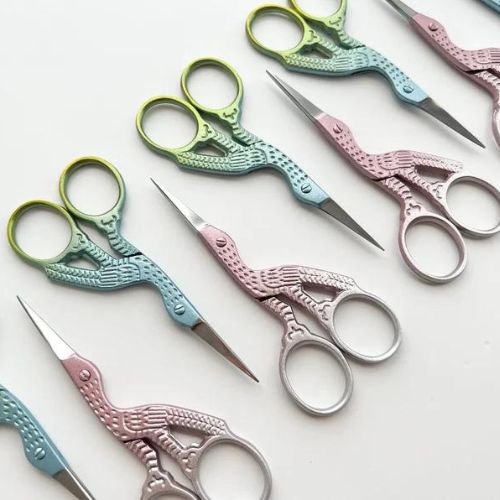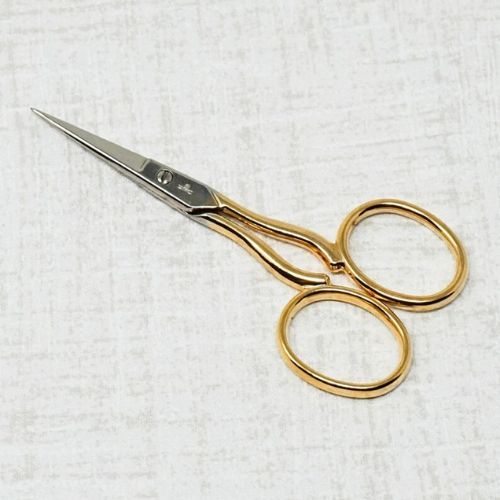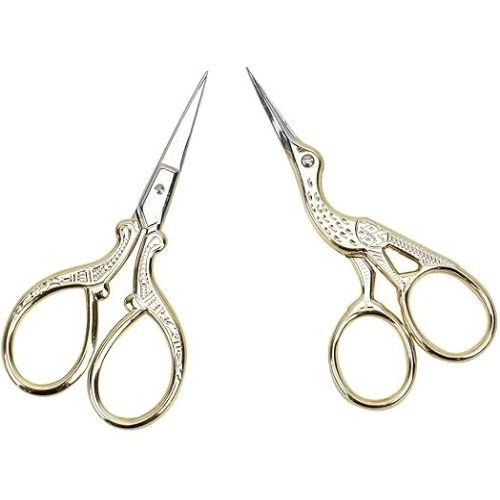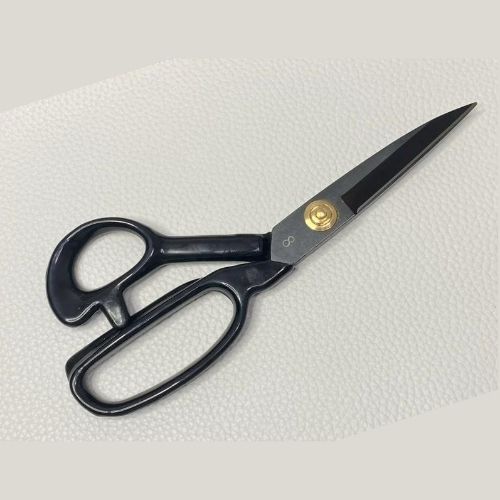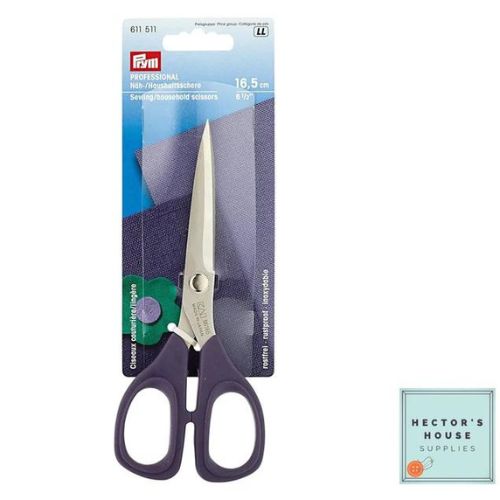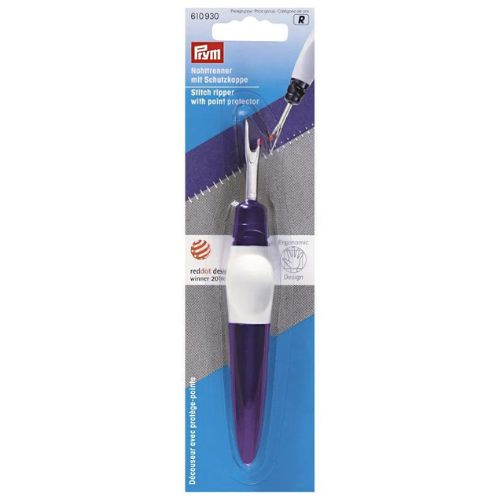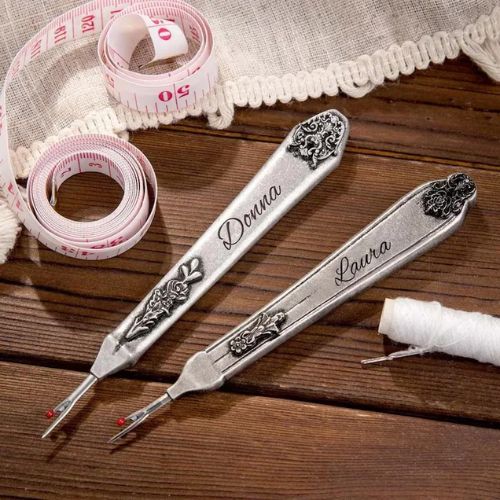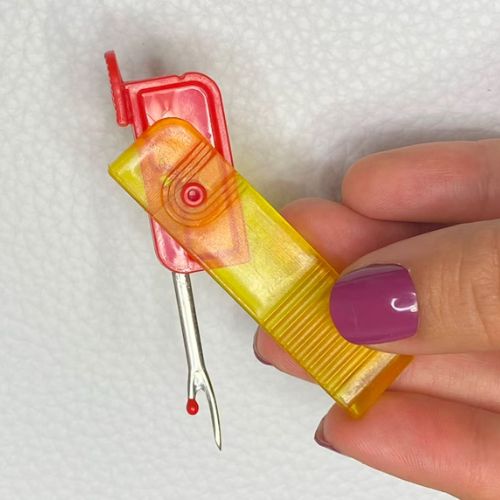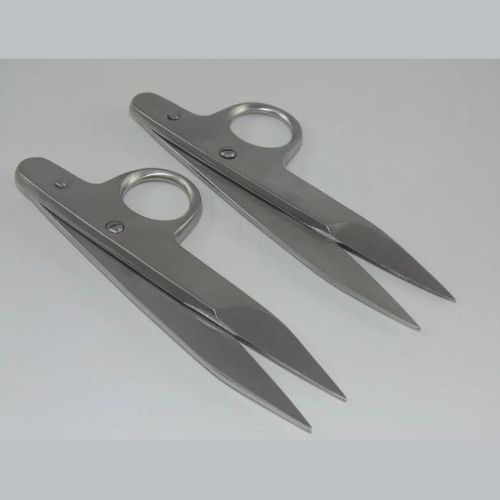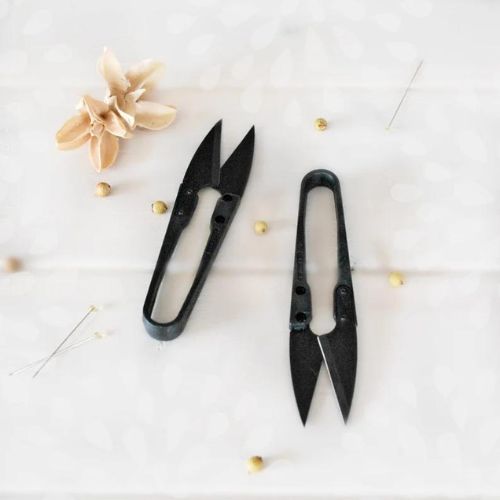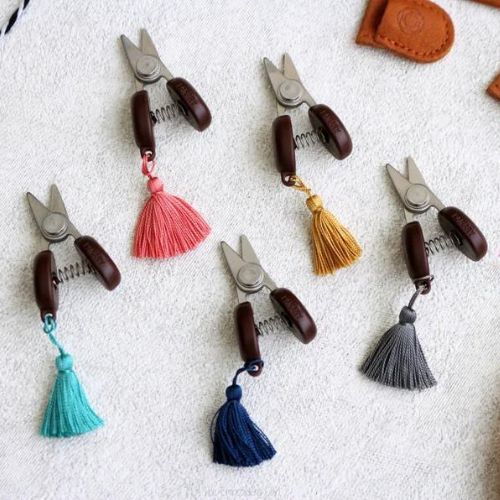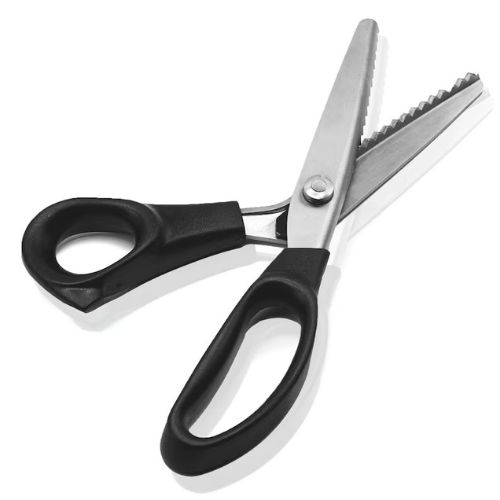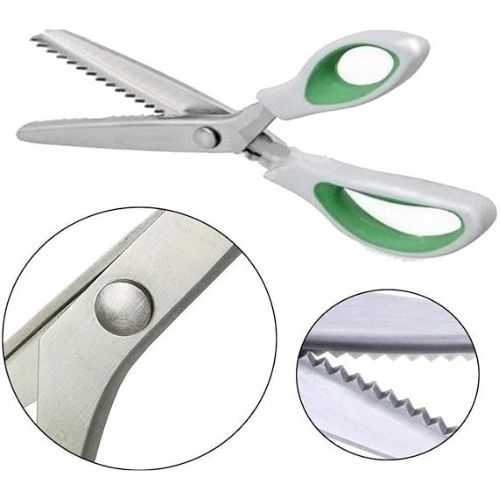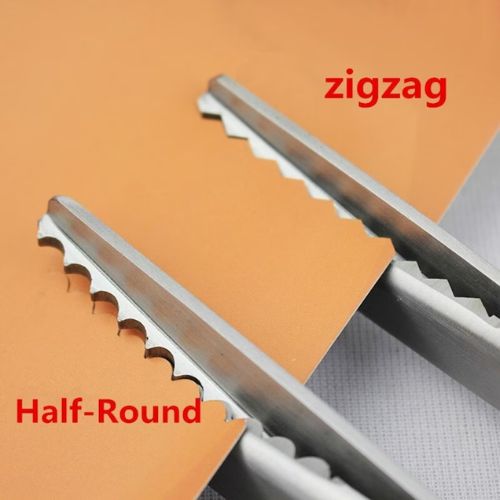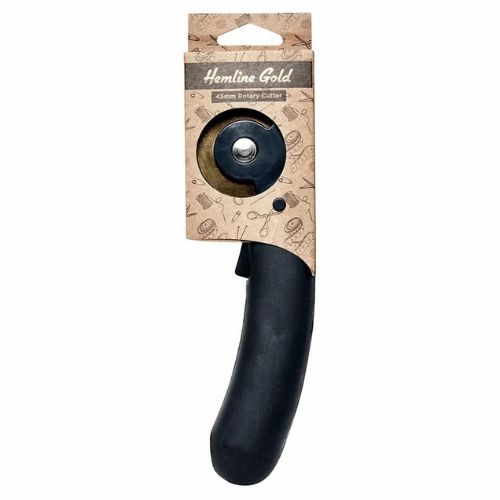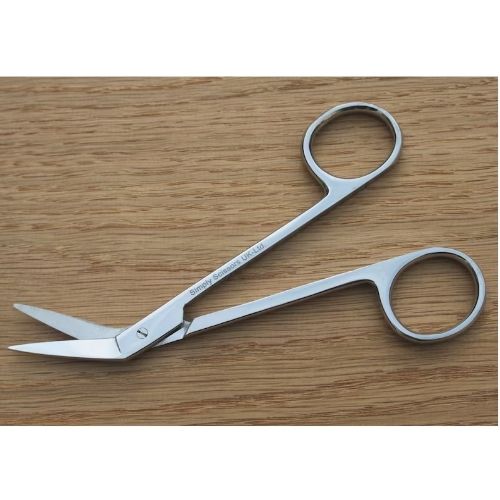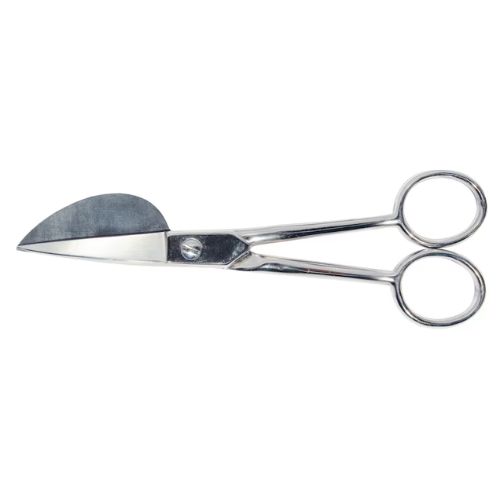Scissors for hand embroidery
Types of scissors, snippers, and shears you should have in your craft drawer as an embroiderer
High-quality tools and materials can make or break it in hand embroidery, as in any other art or craft. Choose wisely, and your hand embroidery time will be filled with joy and relaxation. Inadequate tools, instead, can bring in a lot of frustration and disappointment.
Earlier, I wrote about hand embroidery needles, fabrics, thread and floss, transfer pens, and the hoops used in hand embroidery. Now, let’s talk about the scissors. Usually, this tool gets the least of our attention, but it’s still significant for the smooth hand embroidery process.
Scissors you will need for hand embroidery
Embroidery scissors

You can surely use regular craft scissors for your embroidery projects, but remember that embroidery scissors differ from regular craft scissors. They have smaller and usually thinner blades that are incredibly sharp and typically come to a very sharp point.
A good pair of embroidery scissors will ensure that the ends of your thread don’t fray when you cut a piece from your skein. It is essential, as the frayed end of the floss is hard to put into the needle. So, you are losing your time and patience.
Another reason to use them: they can get really close to the ground fabric to cut those threads cleanly.
And last but not least – embroidery scissors are so beautiful! Have you seen all these stork-shaped scissors, unicorn scissors, or butterfly scissors for hand embroidery? If you do not have a pair of these – treat yourself!
Fabric scissors
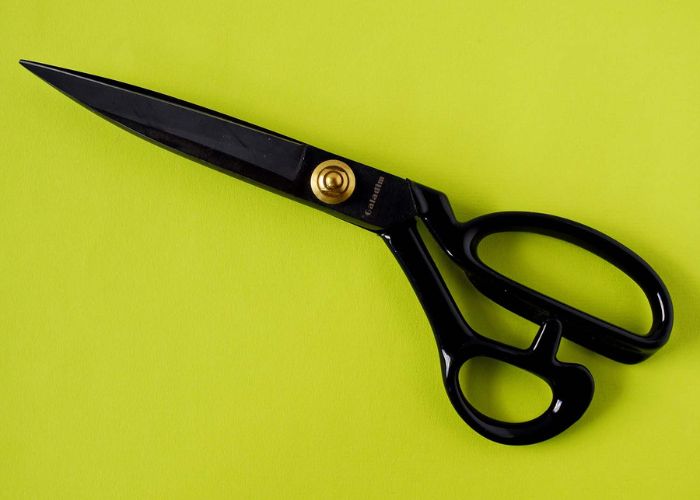
These scissors, also called fabric shears, are one more must-have tool. These scissors are bigger than regular scissors, and the blades are longer for long smooth cuts. In addition, fabric scissors are made from carbon steel (regular scissors are typically made from stainless steel), so they stay sharp longer and cut better. You will need these scissors to prepare the pieces of fabric for your embroidery projects.
Seam ripper
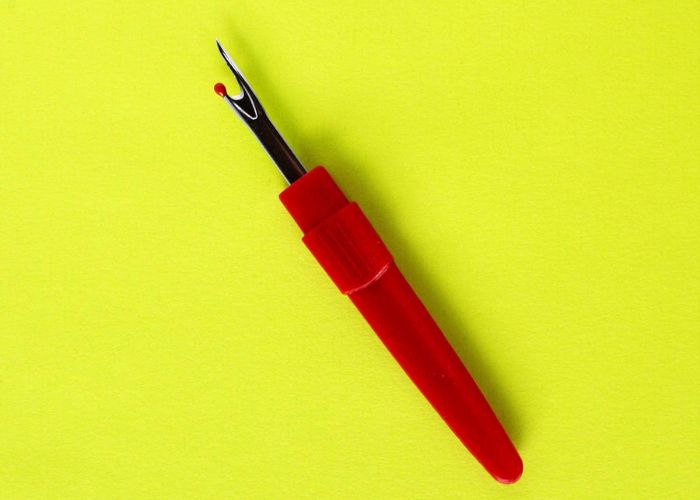
Nobody wants to admit it, but hand embroidery is not only stitching. It’s ripping stitches too. And when the mistake happens, you should have a proper tool to cut out the wrong stitches. Sure, you can do it with the scissors, but the seam ripper is more convenient. You can reach and cut only one thread or all the stitches simultaneously if needed. And the risk of damaging the fabric is much lower.
Snips or clips
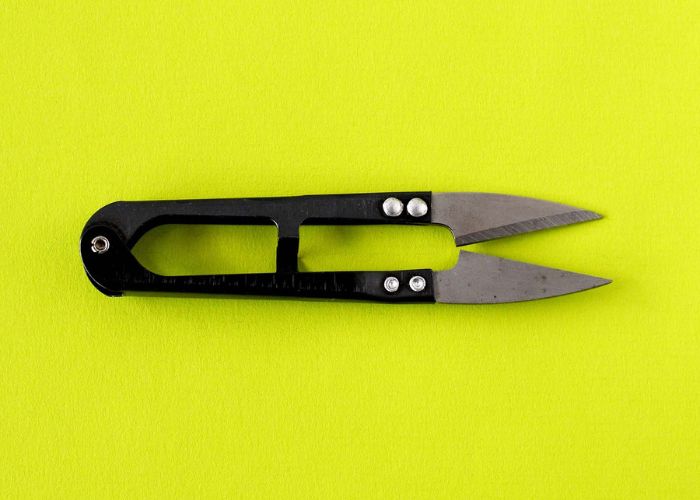
This simple tool is great for pulling and snipping threads. They have very short blades and come with or without a finger hole. Use snips to clip threads in the front or back of the embroidery.
Pinking shears
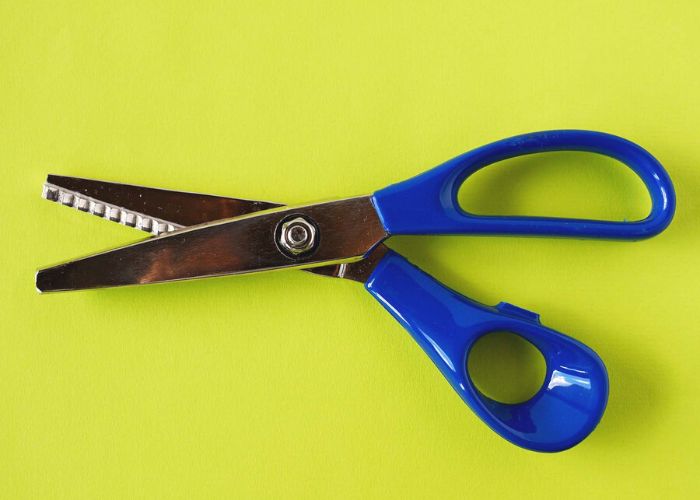
Scissors with a zigzag blade are called Pinking shears. The purpose of these zigzag-tooth shears is to trim fabric and keep it from fraying. It is convenient when you want to frame your finished embroidery in a hoop and need a nice edge that will not fray.
Besides that, you can use pinking shears to create decorative edges for the embroidered patches or felt decorations.
Other cutting tools you might want to have
Rotary cutter
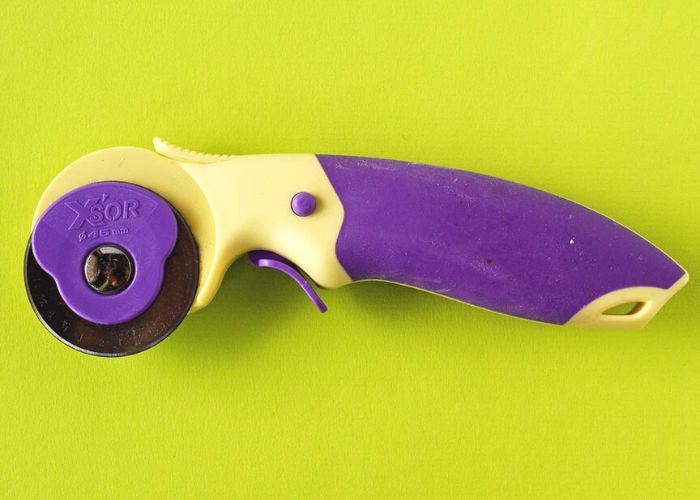
A rotary cutter, or a Fabric cutting roller, is an excellent tool if you cut many rectangular pieces of fabric. A rotary cutter is a tool with a sharp circular blade, mainly used by quilters to cut fabric for quilts. You will need a special self-healing mat and a ruler to use it. I use this tool for quilts and cut the fabric into rectangular pieces for embroidery projects and samplers.
Hardanger scissors
These scissors are designed explicitly for cutwork such as Hardanger embroidery. They have sharp, narrow, fine-pointed blades. These qualities make them the best choice for precisely cutting out tiny pieces of fabric on your embroidery piece. So, if you do any cutwork – consider adding these scissors to your arsenal.
Applique scissors
This tool is designed for cutting away the parts of the fabric close to the seam.
These medium-sized scissors have a strange duckbill shape on one blade, which smoothly trims the fabric after stitching. The blade handle is slightly angled, providing accuracy while cutting close to the stitches.
How to care for embroidery scissors
- Keep the scissors protected to prevent damage in case of a fall. Falling on hard surfaces can damage the blades or sharp points of the scissors. Also, you can hurt yourself. So, keep them in a case – safe and protected.
- You probably already know that, but only cut thread or fabric with your sewing shears of embroidery scissors. Using fabric shears on paper will dull the blades quickly, making it harder to cut precisely.
- Keep your scissors clean. Water and soap will do their work in most cases. Clean your scissors with rubbing alcohol to remove sticky stains. Dry them well after cleaning.
- Oil your scissors regularly. Any vegetable oil will work for this task. Wet a piece of cloth with oil, open the scissors widely, and rub the oil on the inner part of the blades below the button. Work the oil in by opening and closing your scissors a couple of times before moving on. Leave the oil for some hours and clean it with a clean cloth.
- Sharpen your scissors regularly. Cutting tin foil can help sharpen them, but professional sharpening is the best solution for these tools.
More about embroidery tools on this Blog
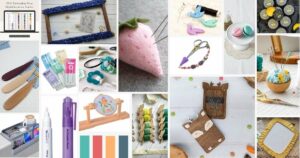
Hand Embroidery Accessories Every Stitcher Will Love: Cute, Clever & Useful
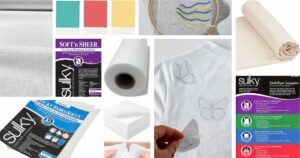
Embroidery Stabilizers: Fabric Stabilizers for Hand Embroidery You Must Know
